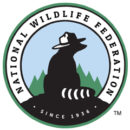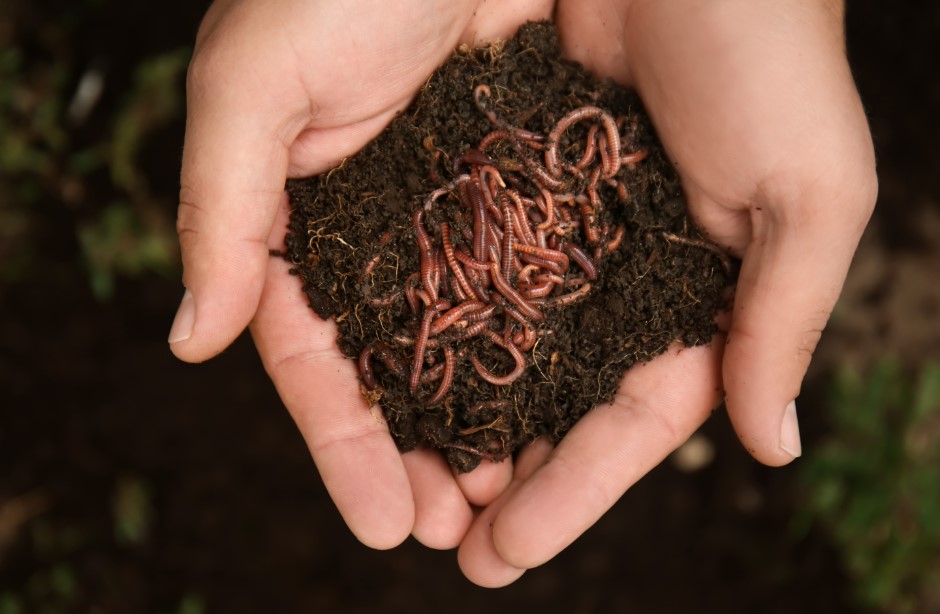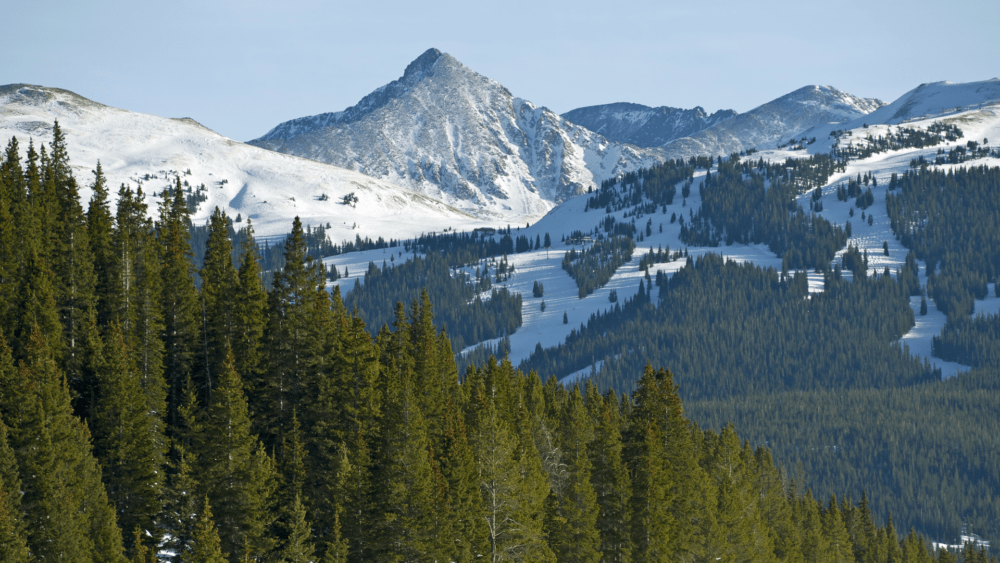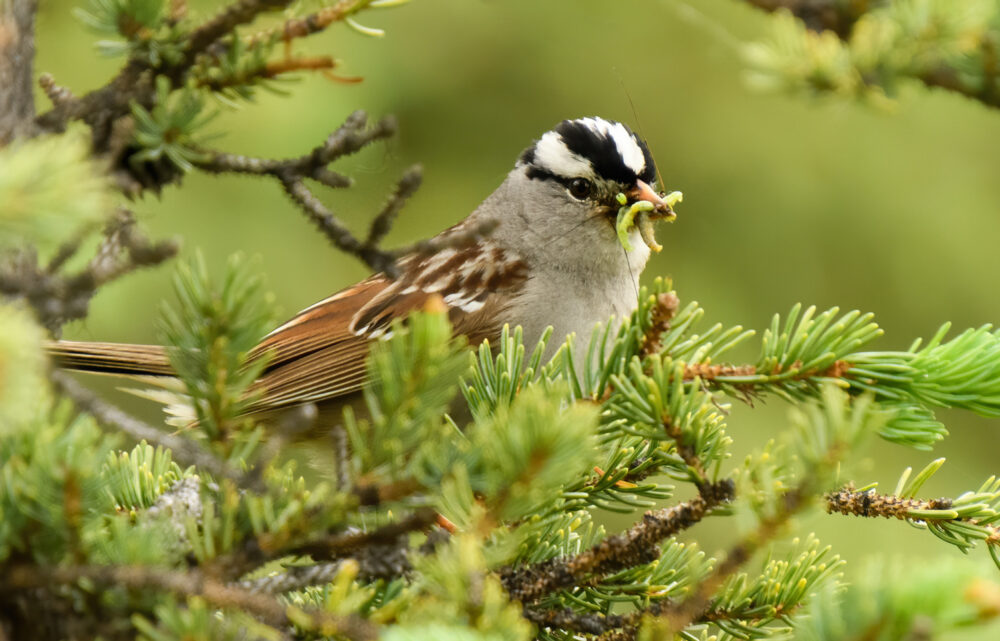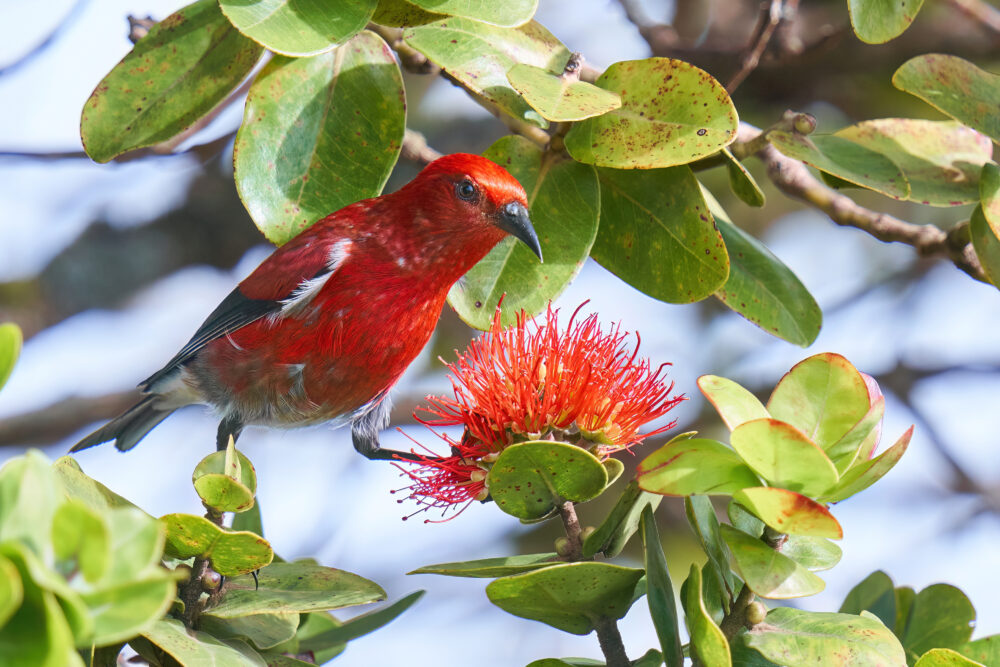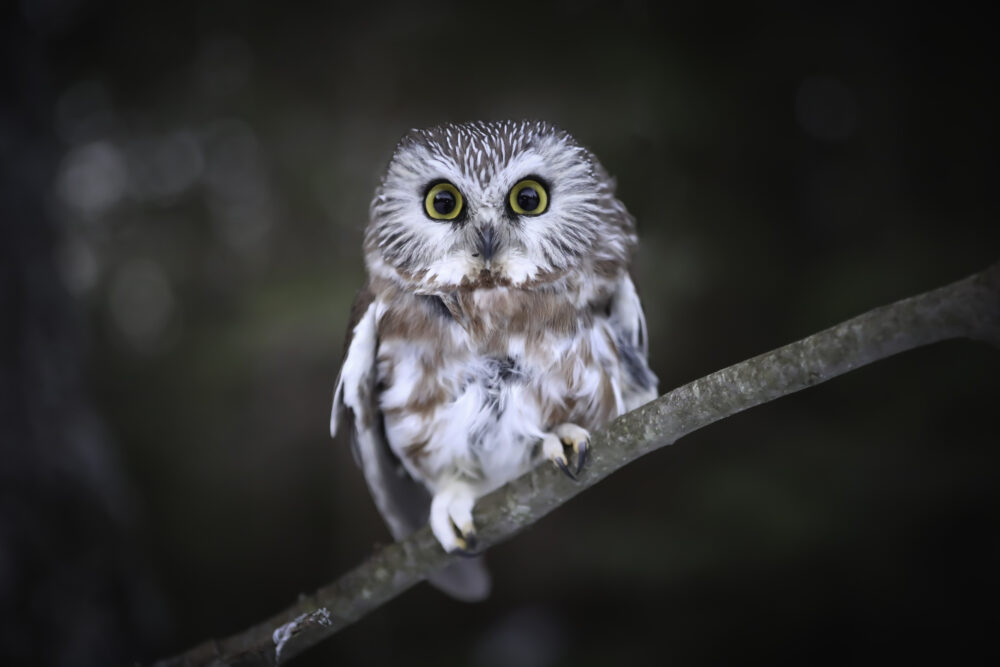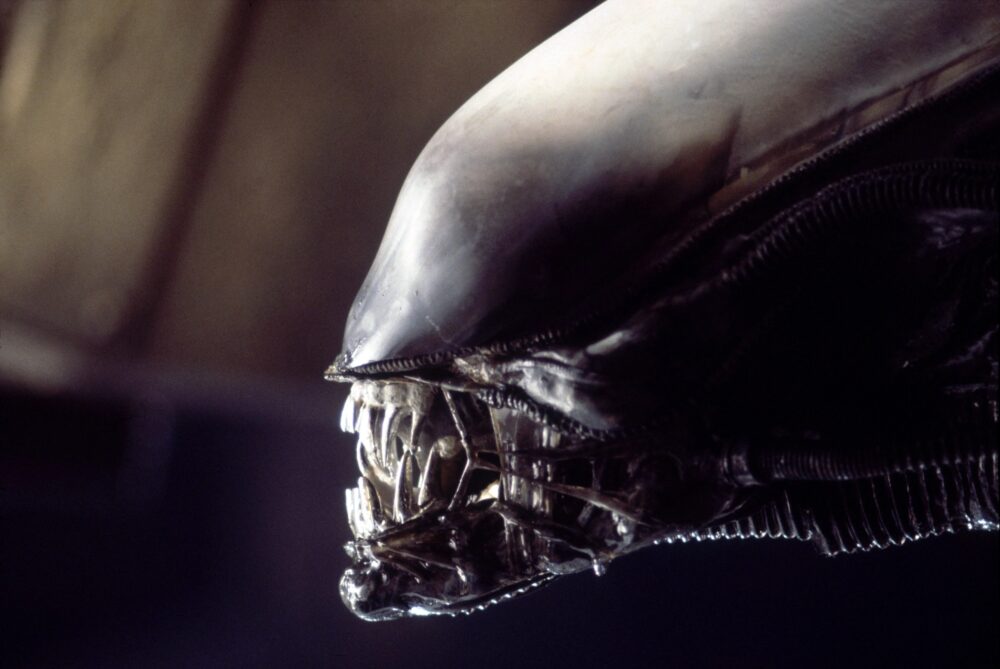We have much more to do and your continued support is needed now more than ever.
Pollinators Support Grassland Birds
This Week in NWF History
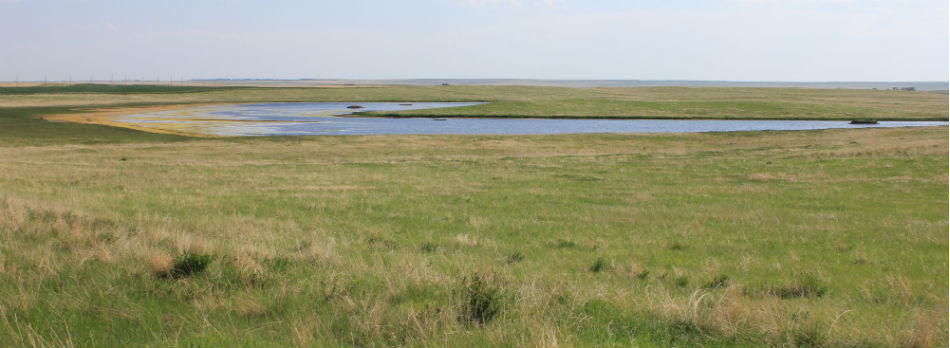
Since 1936, the National Wildlife Federation has worked to conserve the nation’s wildlife and wild places. As part of our 80th anniversary celebration, we are recognizing important moments in our history that continue to make an impact today
Pollinators make significant contributions to the maintenance of a healthy environment. Along with providing nutrient-rich food for us and for wildlife through pollinating flowers, grasses, and other plants, they also benefit their environments by acting as a food source for other wildlife. In grassland and prairie ecosystems, pollinating insects and seeds are eaten by a variety of birds.
Due mainly to habitat loss, grassland birds are considered one of the most at-risk groups of birds in North America. The National Wildlife Federation is working to keep these important large landscapes and habitat corridors intact through our Adopt a Wildlife Acre program. The program addresses the conflicts between livestock and wildlife with a voluntary, market-based approach, and helps protect many species of prairie wildlife like songbirds, greater sage-grouse, bison, pollinators, and mule deer.
Meet a few of the birds that rely on pollinators in the prairie:
Greater Sage-Grouse
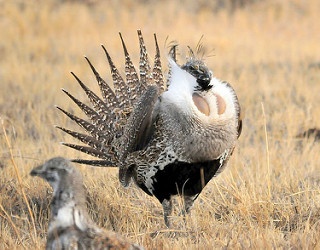
Greater sage-grouse rely on sagebrush, a wind-pollinated resource, for much of their food consumption, but it does not provide all the necessary nutrients the birds need for survival. Juvenile sage-grouse, for instance, mainly consume pollinating insects like beetles, as well as forbs like aster and fleabane—which reproduce through pollination by insects—to grow into adulthood. Greater sage-grouse hens tend to eat pollinated plants such as clover and buckwheat to get themselves in good health and ready for breeding season.
Sprague’s pipit
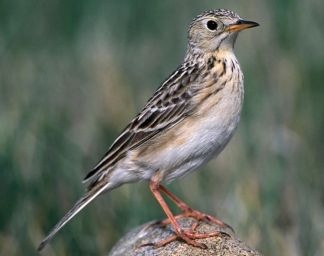
This small brown songbird forages on the prairie ground, looking mainly for insects, such as grasshoppers, crickets, beetles, and moths to eat. In the winter when insects are less available, Sprague’s pipit will then turn to seeds from weeds and grasses to eat.
Baird’s sparrow
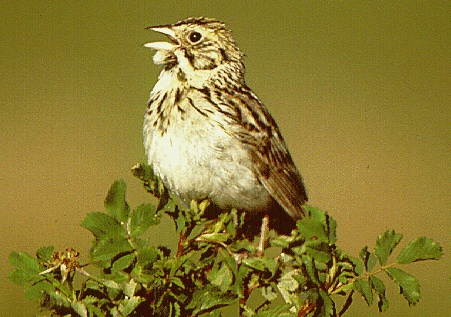
Not much is known about this songbird because it’s so elusive. When they are young, Baird’s sparrow eat only spiders and insects. As they grow older, the adults will also forage for seeds, mostly from grasses and weeds.
Mountain Plover
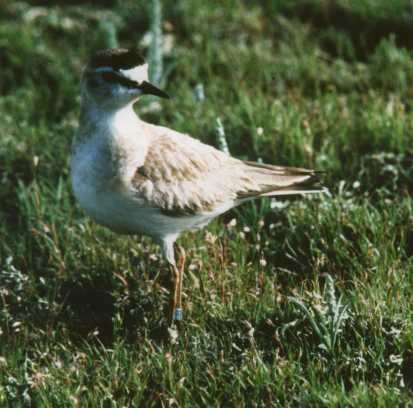
This grassland bird consumes mainly insects such as grasshoppers, crickets, beetles, flies, ants. They often breed in prairie dog towns because the grass at these sites is heavily grazed and shorter.
Long-billed Curlew
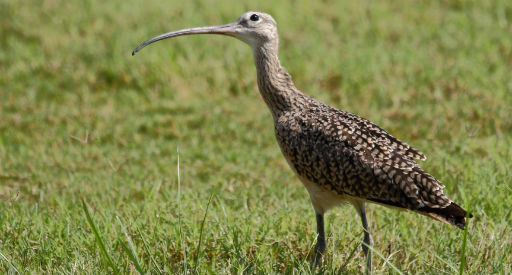
This bird winters in coastal mudflats and can be found in the grasslands in the summer during breeding season. As their name suggests, long-billed curlews use their long bills to forage in the grasslands for insects such as beetles, grasshoppers, spiders, and caterpillars. They also sometimes eat berries which are pollinated by various insects.
Take ActionHelp these prairie birds and pollinators by Adopting a Wildlife Acre Today!

